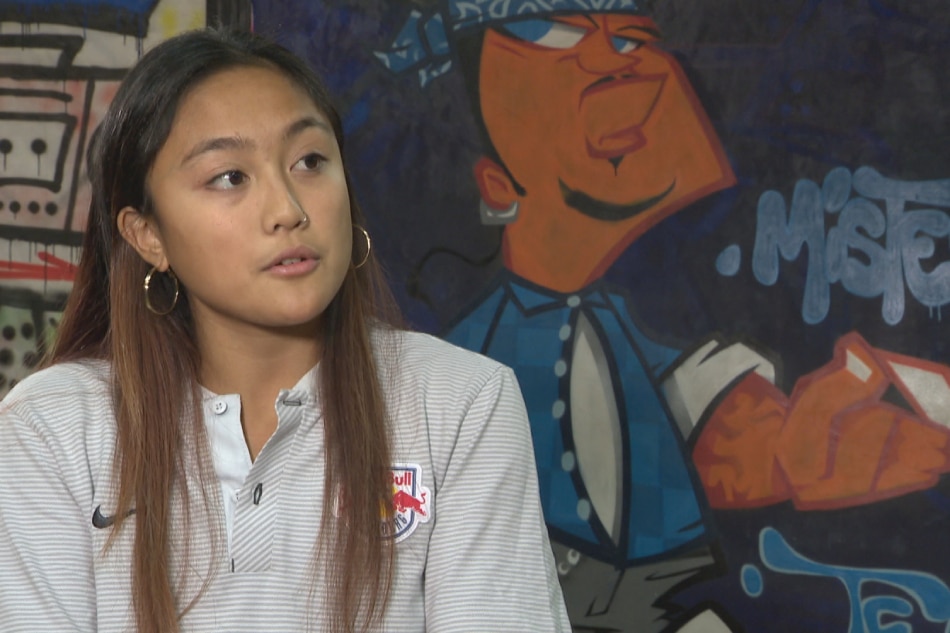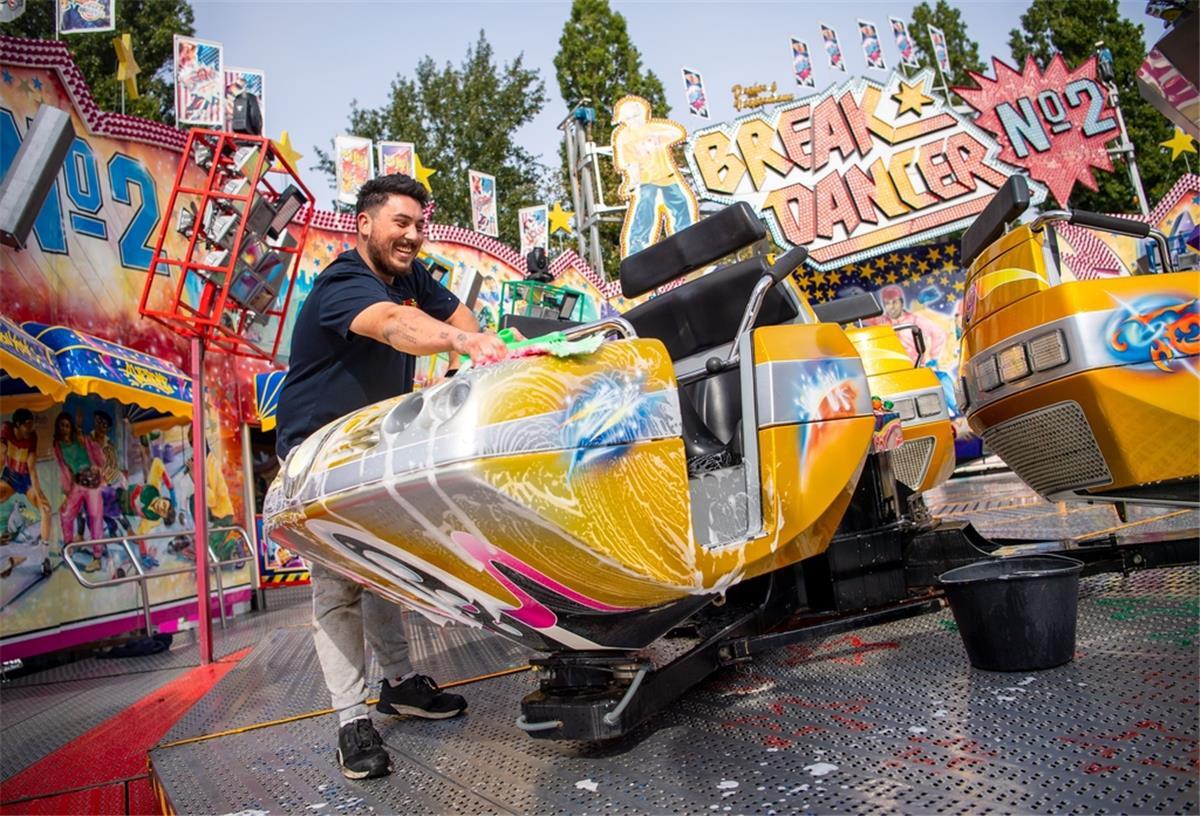The History of Breakdancing: Ami Breakdancer

Breakdancing, a vibrant and dynamic form of street dance, has a rich history intertwined with the evolution of hip-hop culture. Its origins can be traced back to the 1970s in the Bronx borough of New York City, where it emerged as a key element of the burgeoning hip-hop movement.
Origins and Connection to Hip-Hop Culture
Breakdancing emerged as an integral part of hip-hop culture, alongside rapping, DJing, and graffiti art. The roots of breakdancing can be found in the social and cultural context of the Bronx in the 1970s. During this period, the community faced social and economic challenges, leading to a sense of frustration and a desire for self-expression. Breakdancing provided an outlet for young people to channel their energy, creativity, and resilience, ultimately contributing to the development of a unique and powerful cultural movement. The early forms of breakdancing were influenced by a variety of dance styles, including funk, soul, and martial arts, as well as the athleticism and acrobatics of street performers.
Evolution of Styles and Techniques
Breakdancing has evolved significantly since its inception, with new styles and techniques emerging over time. The early styles of breakdancing, often referred to as “old-school” or “classic” breakdancing, emphasized the use of basic moves like the “top rock,” “footwork,” and “power moves.” The “top rock” involved rhythmic footwork patterns and body movements, while “footwork” focused on intricate and rapid foot movements. “Power moves,” such as the “windmill” and the “headspin,” showcased athleticism and acrobatic skills.
Over time, breakdancing styles became more diverse and complex, incorporating influences from other dance forms, such as capoeira, gymnastics, and martial arts. New styles like “power popping,” “locking,” and “bopping” emerged, emphasizing intricate footwork, popping and locking techniques, and innovative body movements. Breakdancing has continued to evolve, with contemporary breakdancers pushing the boundaries of the art form by incorporating elements of other dance styles, such as contemporary dance and ballet.
Influential Breakdancers and Crews
The history of breakdancing is marked by the contributions of numerous influential breakdancers and crews. Early pioneers like the Rock Steady Crew, the Furious Five, and the Magnificent Force played a pivotal role in shaping the art form and popularizing it within the hip-hop community. These crews developed innovative moves, showcased their skills in competitions and performances, and helped to spread the culture of breakdancing to wider audiences.
Other influential breakdancers, such as Crazy Legs, the originator of the “windmill” move, and the legendary B-Boy Ken Swift, known for his innovative footwork and power moves, have left an indelible mark on the history of breakdancing. These individuals have not only pushed the boundaries of the art form but have also served as mentors and inspirations for generations of breakdancers.
The Fundamentals of Breakdancing

Breakdancing, also known as b-boying or b-girling, is a street dance style that originated in the Bronx, New York City, in the 1970s. It’s a dynamic and expressive dance form that involves a wide range of movements, including spins, flips, and acrobatic maneuvers. Mastering the fundamentals of breakdancing is crucial for developing your skills and creating unique and impressive routines.
Understanding the Core Elements
Breakdancing is built upon four core elements: top rock, down rock, power moves, and freezes.
- Top Rock: This refers to the rhythmic footwork and body movements performed while standing. Top rock is a crucial part of breakdancing, as it sets the tone for the dance and allows you to showcase your creativity and musicality. It involves a variety of steps, turns, and gestures, often synchronized with the beat of the music.
- Down Rock: Down rock involves the movements performed on the ground, using your arms and legs to create intricate patterns and transitions. It’s a highly technical element of breakdancing that requires agility, balance, and coordination. Down rock movements are often characterized by fast-paced footwork, spins, and dynamic transitions between different positions.
- Power Moves: These are the high-energy, acrobatic moves that are the signature of breakdancing. Power moves often involve flips, spins, and complex maneuvers that require significant strength, flexibility, and control. Popular power moves include the windmill, headspin, and flare.
- Freezes: Freezes are static poses held at the end of a move or transition. They add a dramatic element to breakdancing and allow dancers to showcase their creativity and control. Freezes can be simple or complex, and they often involve balancing on one hand, head, or other body parts.
Structured Approach to Learning
Learning breakdancing effectively requires a structured approach that focuses on mastering the fundamentals before progressing to more advanced techniques.
- Start with the Basics: Begin by focusing on the basic footwork patterns and body movements of top rock. Practice these movements consistently, gradually increasing your speed and complexity.
- Develop Your Down Rock Skills: Once you have a solid foundation in top rock, start learning basic down rock movements. Focus on mastering the basic steps, such as the six-step and the 1990s, before moving on to more complex patterns.
- Learn Power Moves Gradually: Power moves require significant strength, flexibility, and control. It’s important to approach them gradually, starting with basic moves like the windmill and headspin. Always prioritize safety and proper technique to avoid injuries.
- Practice Freezes and Transitions: Freezes and transitions are essential for creating smooth and dynamic routines. Practice holding various freezes, such as the chair freeze and the handstand freeze. Also, work on transitioning seamlessly between different movements, incorporating both power moves and down rock.
- Find a Teacher or Class: Learning from a qualified instructor can significantly accelerate your progress. A teacher can provide personalized feedback, correct your technique, and introduce you to a wider range of moves.
Common Breakdancing Moves, Ami breakdancer
| Move Name | Description | Difficulty Level |
|---|---|---|
| Windmill | A power move involving spinning on one hand while the other leg extends upward. | Intermediate |
| Headspin | A power move where the dancer spins on their head. | Intermediate |
| Flare | A power move involving a forward flip with a leg extension. | Advanced |
| Chair Freeze | A freeze where the dancer balances on one hand, with their legs bent at a 90-degree angle. | Beginner |
| Handstand Freeze | A freeze where the dancer balances on their hands, with their body in a straight line. | Intermediate |
Breakdancing in Modern Culture

Breakdancing has evolved beyond its origins in the streets, becoming a prominent force in modern culture. It has transcended its roots as a street dance form, influencing various aspects of entertainment, performance art, and even marketing.
Breakdancing in Contemporary Music Videos, Films, and Television Shows
Breakdancing has become a staple in music videos, films, and television shows, enhancing the visual appeal and energy of performances. It adds a dynamic and captivating element to the entertainment experience.
- Breakdancing is frequently featured in music videos, particularly those with hip-hop and R&B genres. The energetic and acrobatic movements of breakdancing complement the music’s rhythm and vibe, creating a visually stimulating and engaging experience for viewers.
- Breakdancing has also made its way into films, often used in scenes that require high-energy action or to showcase the talents of characters. For example, the film “Beat Street” (1984) prominently featured breakdancing as a central theme, highlighting its cultural significance in the 1980s.
- Breakdancing has also found its way into television shows, adding a dynamic and visually appealing element to various genres. From dance competitions like “So You Think You Can Dance” to reality shows like “America’s Got Talent,” breakdancing has become a popular performance style.
The Influence of Breakdancing on Other Dance Styles and Performance Art Forms
Breakdancing has influenced other dance styles and performance art forms, inspiring new movements and techniques. Its impact has been felt across various genres, enriching the diversity and evolution of dance.
- Breakdancing has significantly influenced hip-hop dance, which has incorporated many of its signature moves and styles, such as the “pop and lock” and “boogaloo.” Hip-hop dance has evolved alongside breakdancing, incorporating its dynamism and creativity into its own repertoire.
- Breakdancing has also influenced contemporary dance, particularly in terms of its emphasis on athleticism and improvisation. Contemporary dancers have adopted breakdancing techniques to create unique and dynamic movements that push the boundaries of traditional dance forms.
- Breakdancing has also influenced other performance art forms, such as street theater and performance art. Its improvisational nature and energetic style have inspired artists to explore new ways of engaging audiences and expressing themselves.
Breakdancing in Advertising, Marketing, and Entertainment Events
Breakdancing has become a popular tool in advertising, marketing, and entertainment events, adding a unique and memorable element to campaigns and performances. Its high-energy nature and visual appeal make it a powerful tool for grabbing attention and creating lasting impressions.
- Breakdancing is often used in advertising campaigns to create a sense of excitement and energy, particularly for products and services targeting a younger audience. For example, brands like Nike and Adidas have used breakdancing in their commercials to appeal to a younger audience, associating their products with a sense of energy, style, and athleticism.
- Breakdancing is also used in marketing events, such as product launches and trade shows, to attract attention and create a memorable experience for attendees. Breakdancing performances can add a dynamic and entertaining element to these events, making them more engaging and memorable for participants.
- Breakdancing is also a popular performance style at entertainment events, such as festivals, concerts, and corporate events. Breakdancing crews can add a high-energy and entertaining element to these events, captivating audiences with their acrobatic moves and dynamic performances.
Ami breakdancer – Ami, the breakdancer, is known for his energetic moves and incredible control. He’s always pushing his limits, just like we should be pushing ourselves to learn more about our bodies. For instance, did you know that consuming artificial sweeteners can increase your risk of blood clots?
This article sheds light on the potential dangers of these sweeteners. It’s important to be informed about what we put in our bodies, just as Ami is informed about his every move.
Ami breakdancer is a talented artist, expressing their creativity through movement and music. It’s important to remember that while we enjoy these things, safety is paramount. Just like enjoying a scoop of ice cream, we must be mindful of potential risks, as seen in recent news about ice cream recalled due to contamination.
Similarly, with breakdancing, proper training and awareness of potential injuries are crucial. Ami breakdancer, through their passion and dedication, inspires us to find joy while prioritizing safety in all aspects of life.